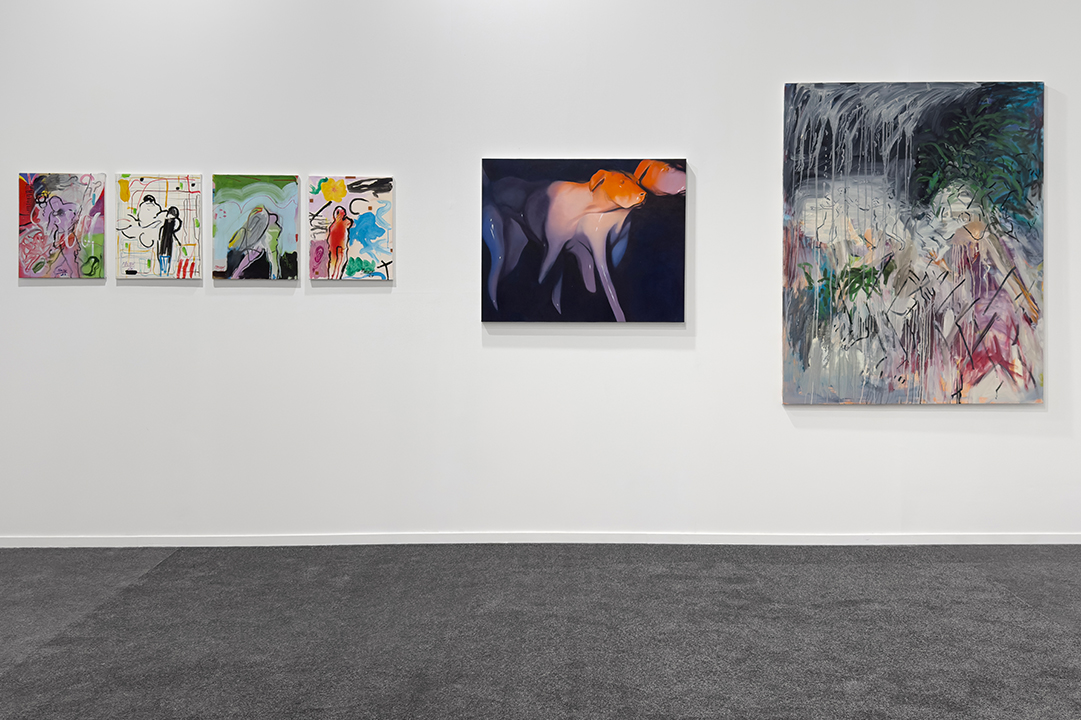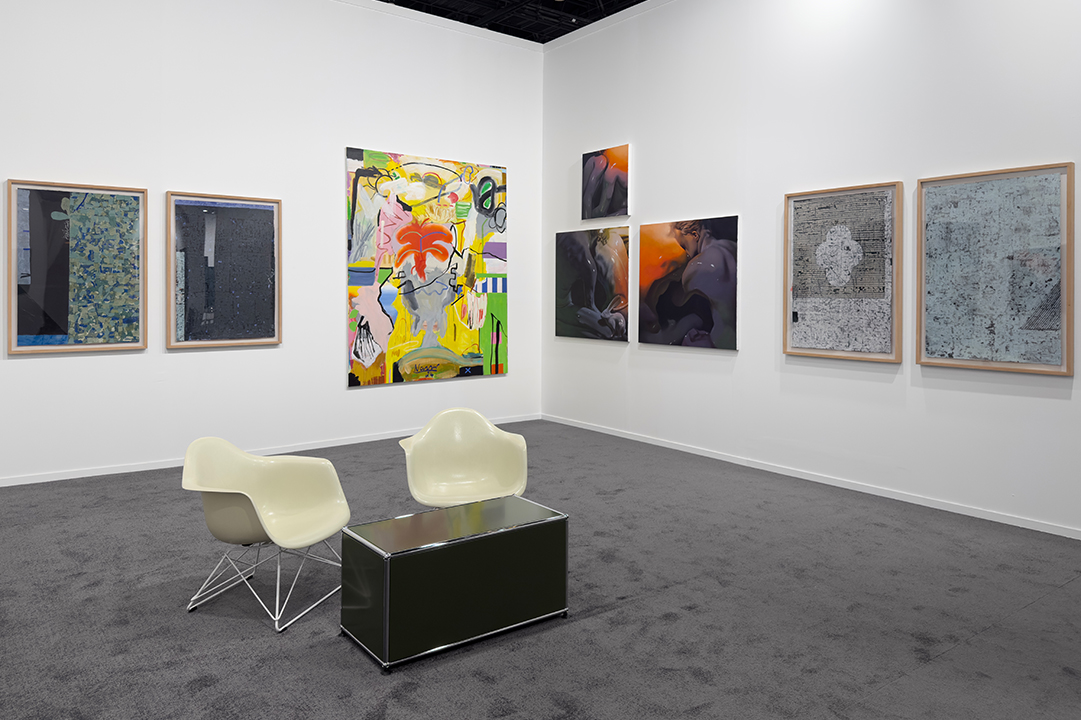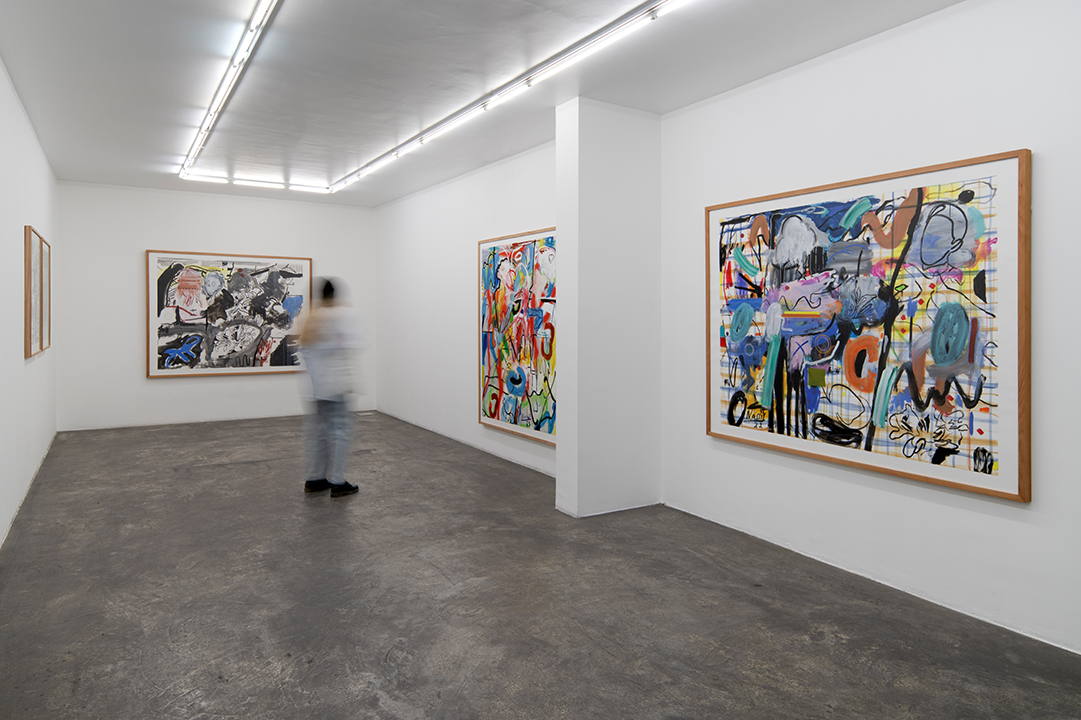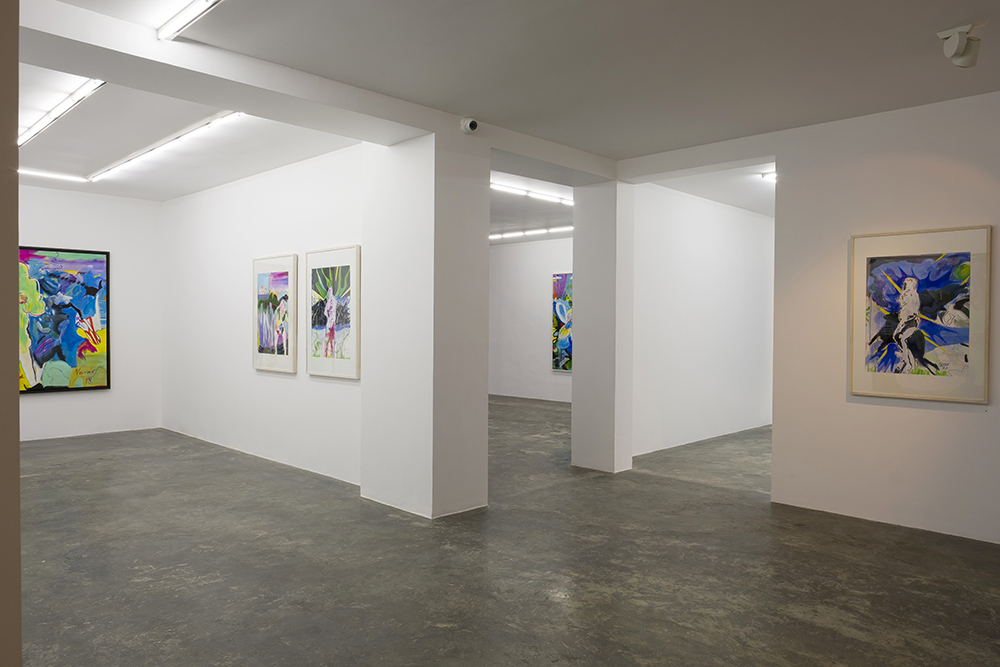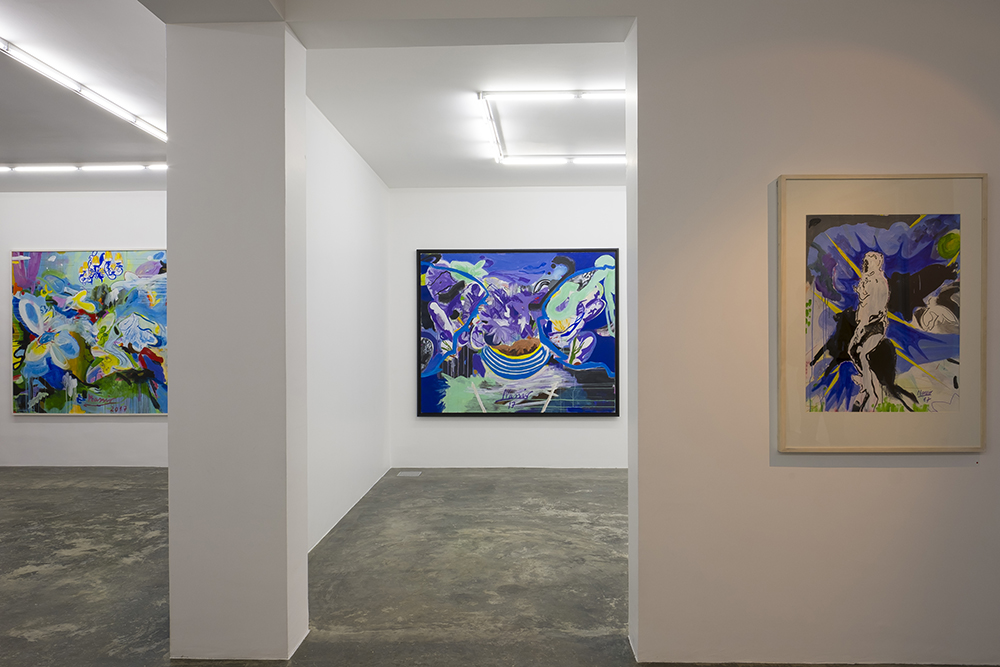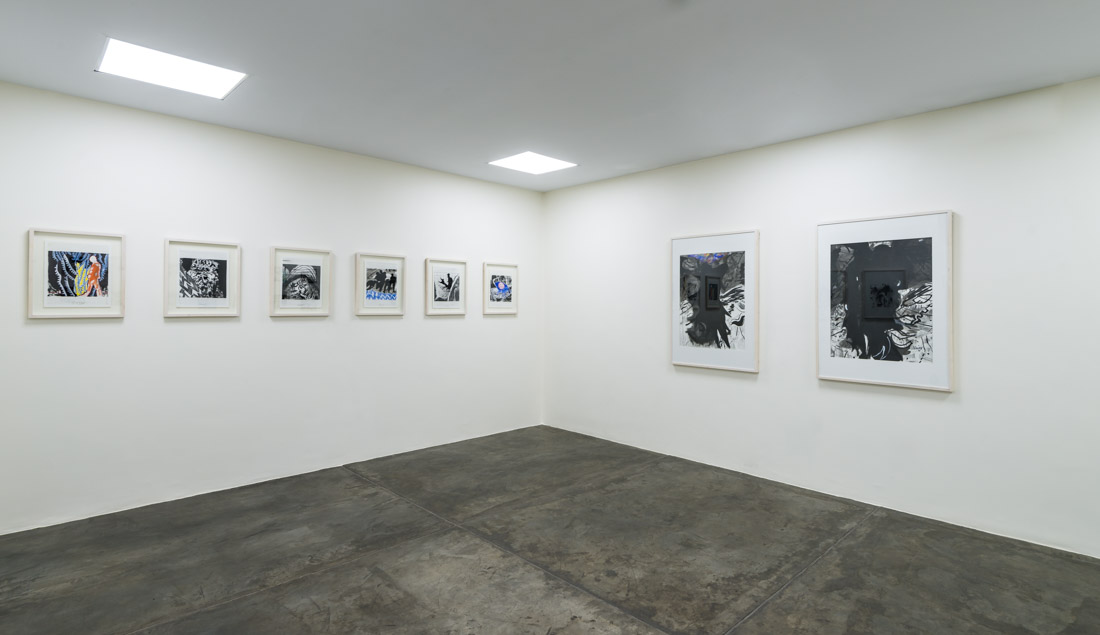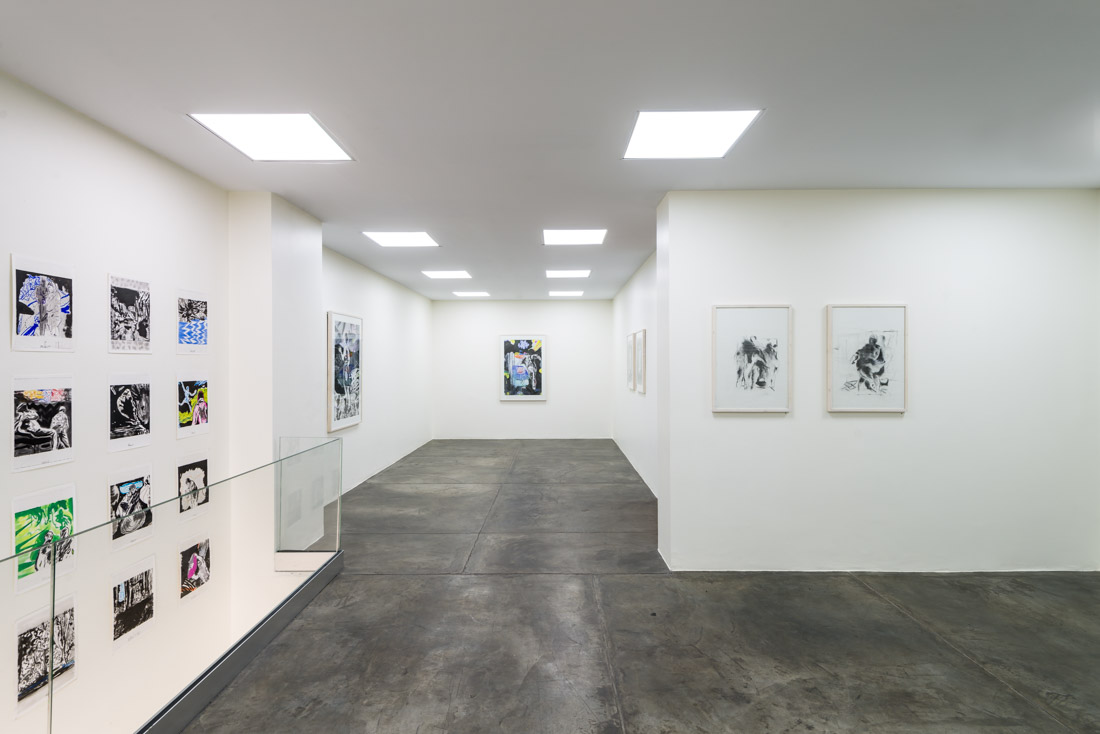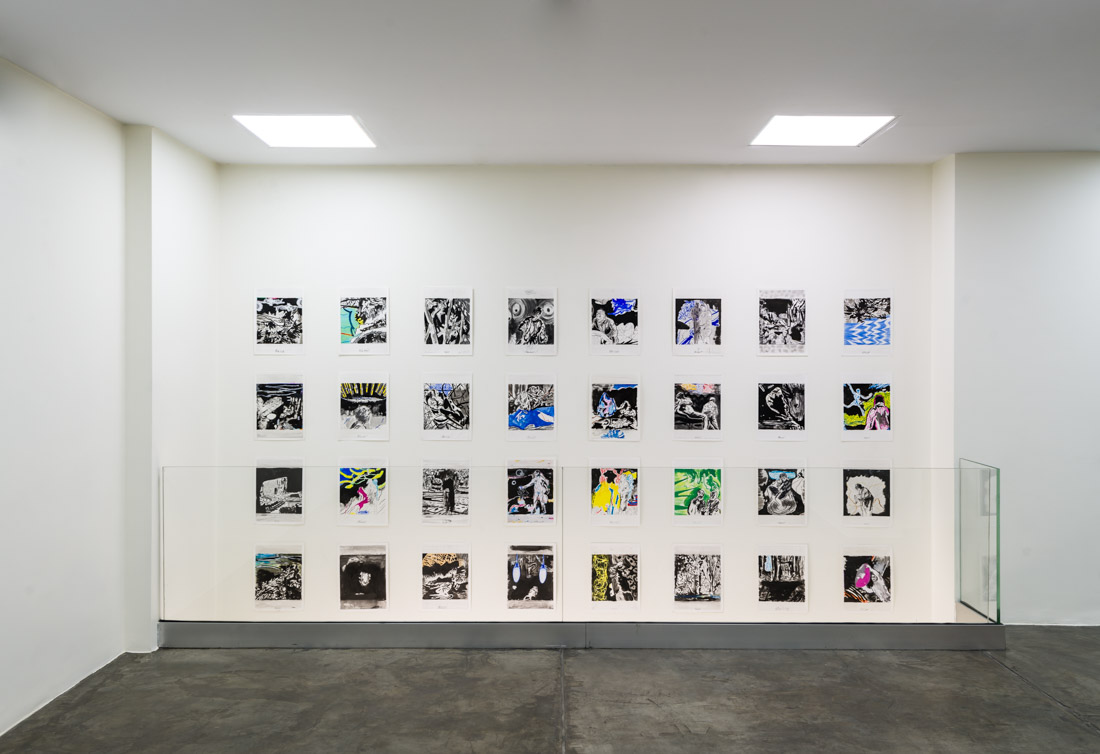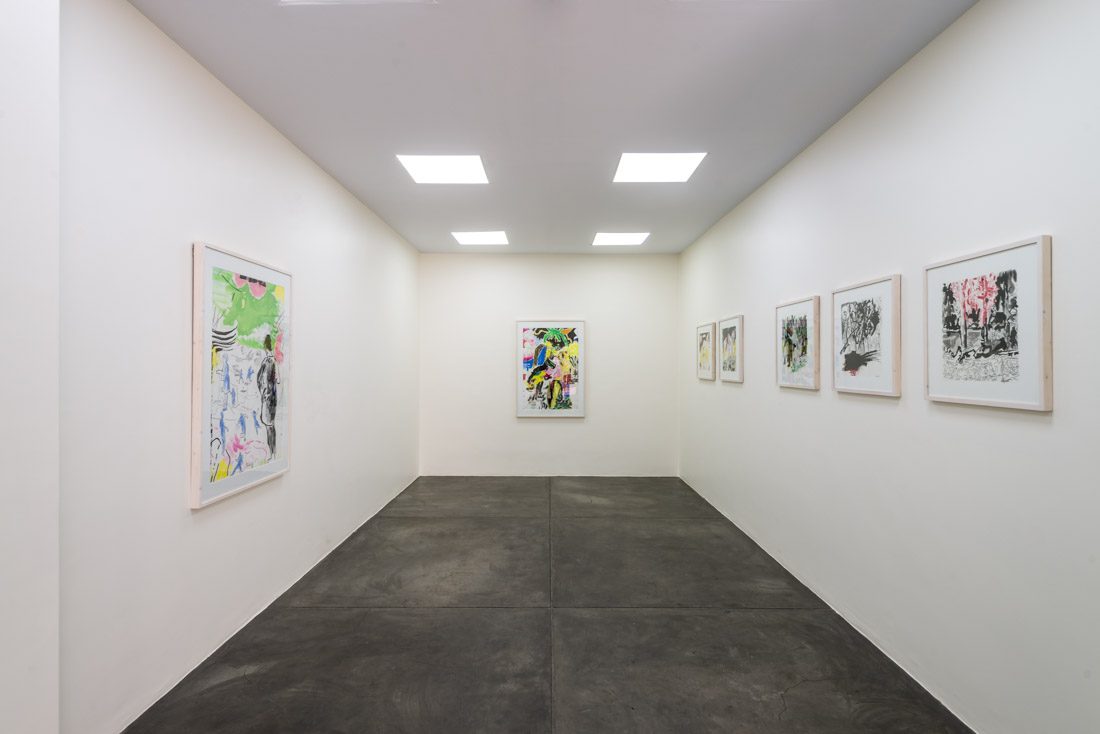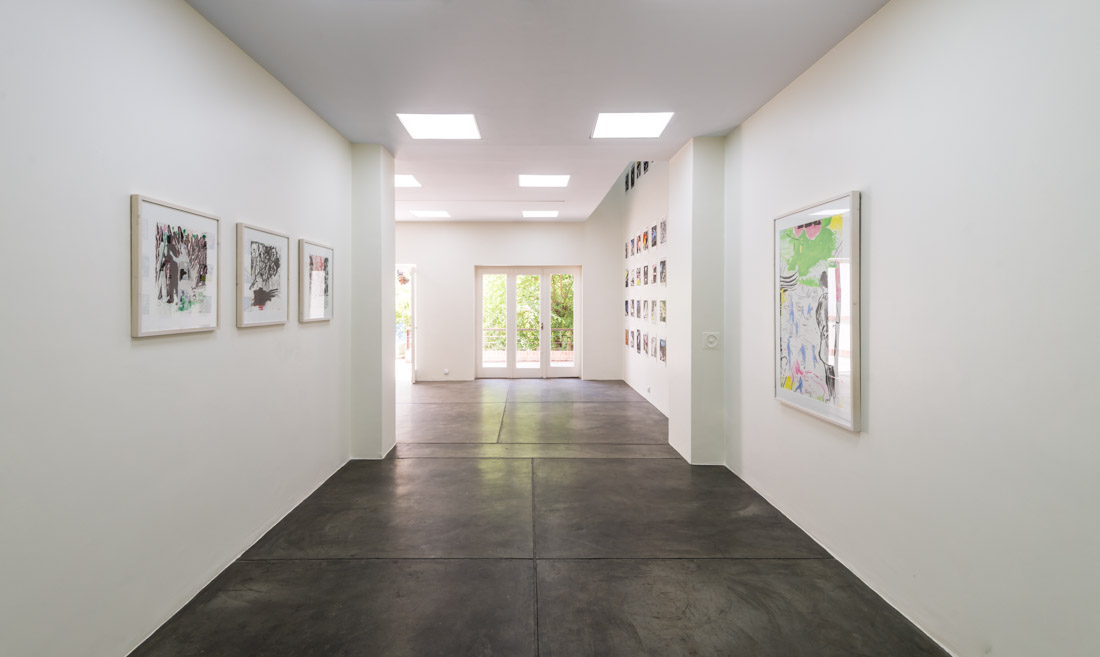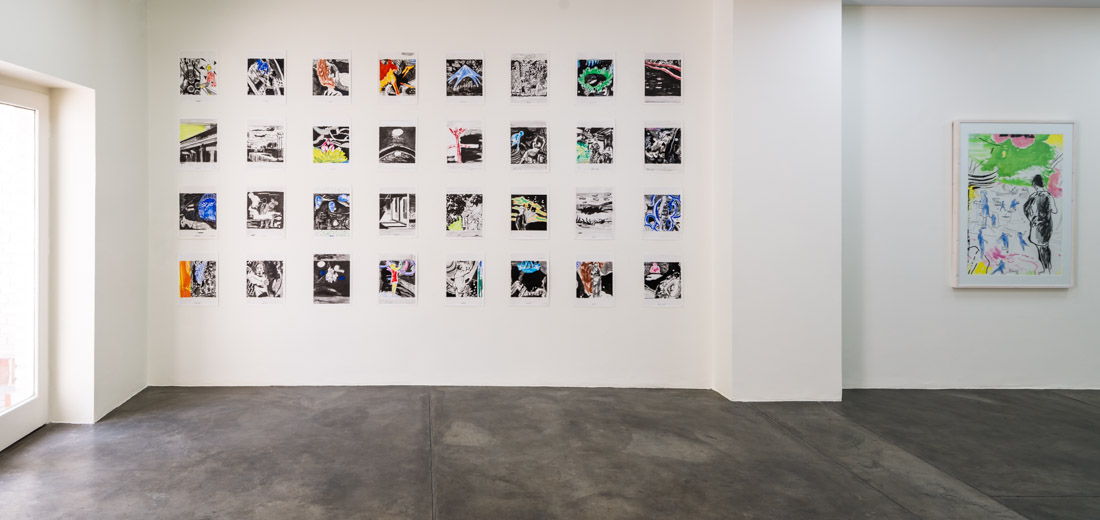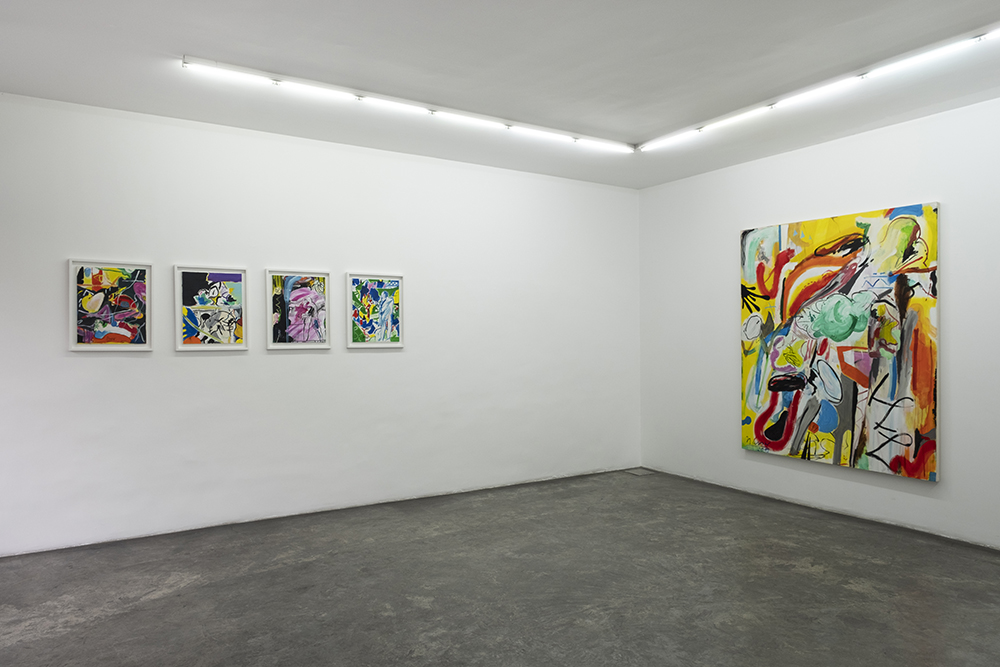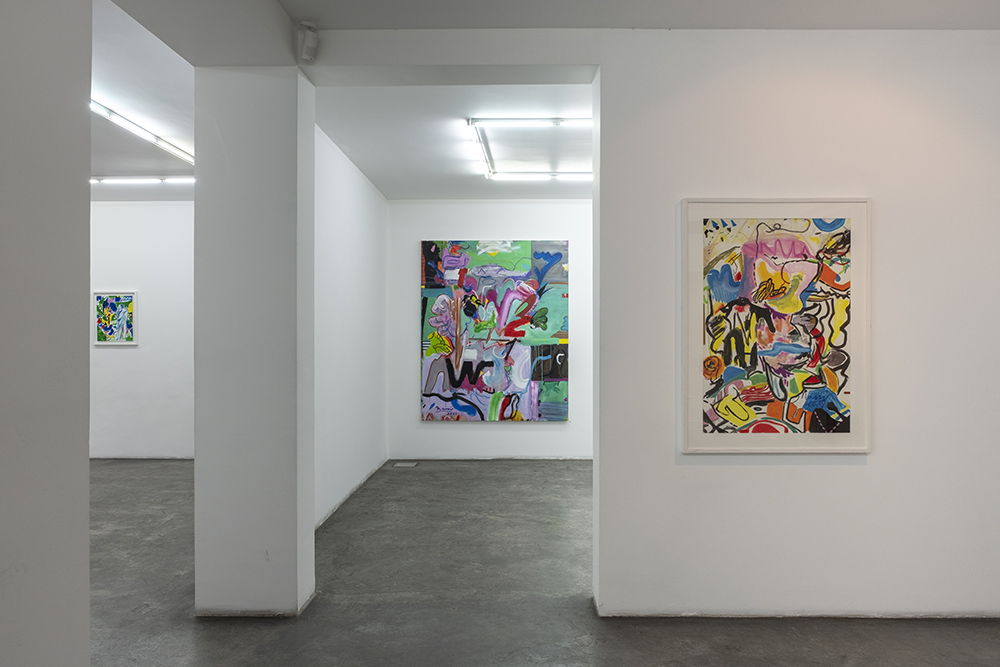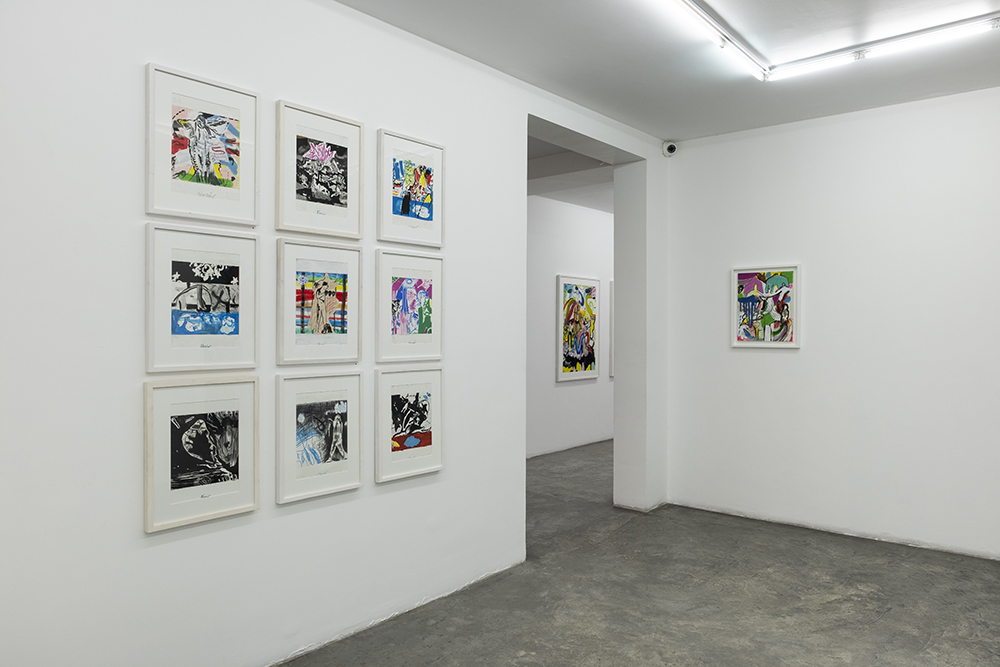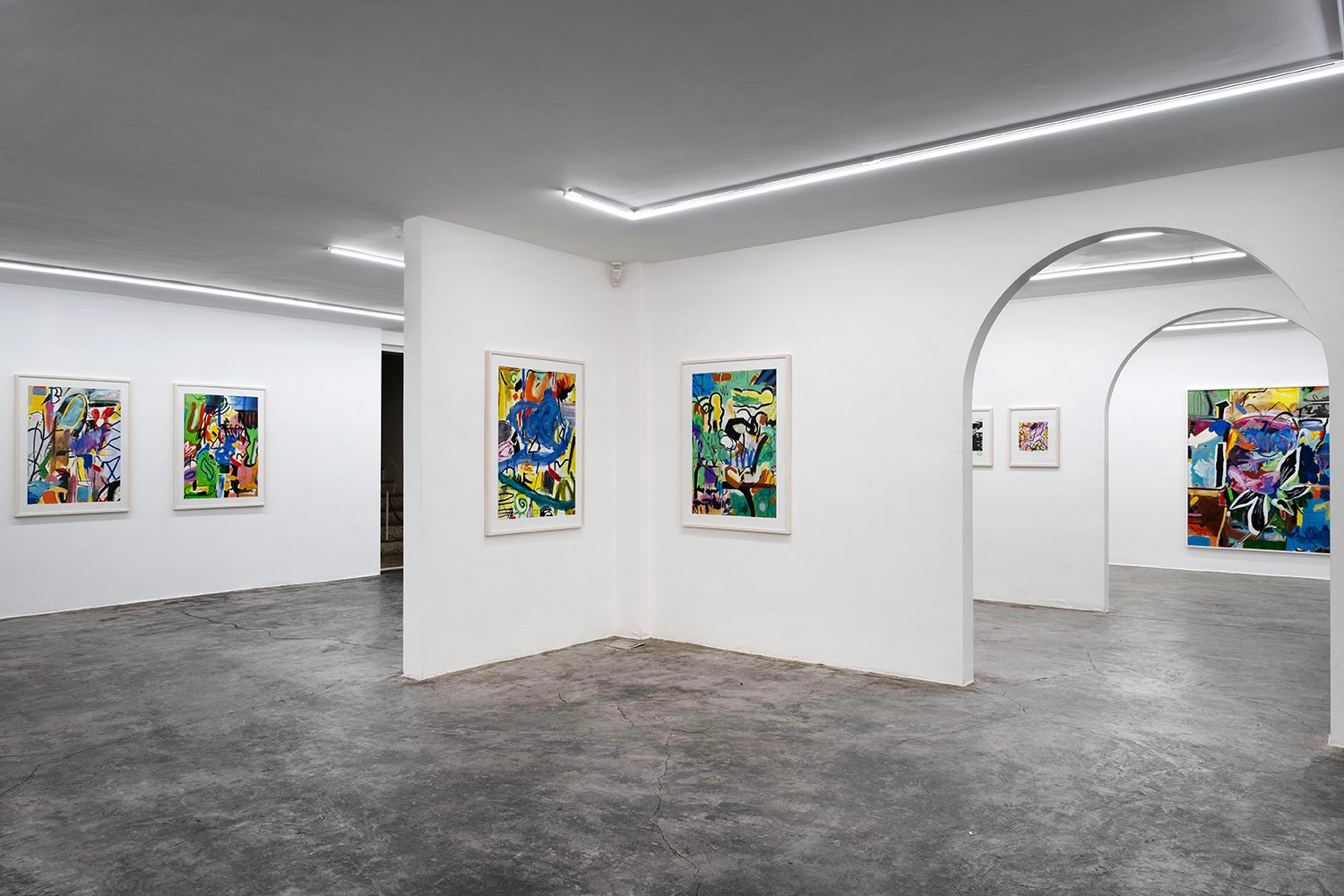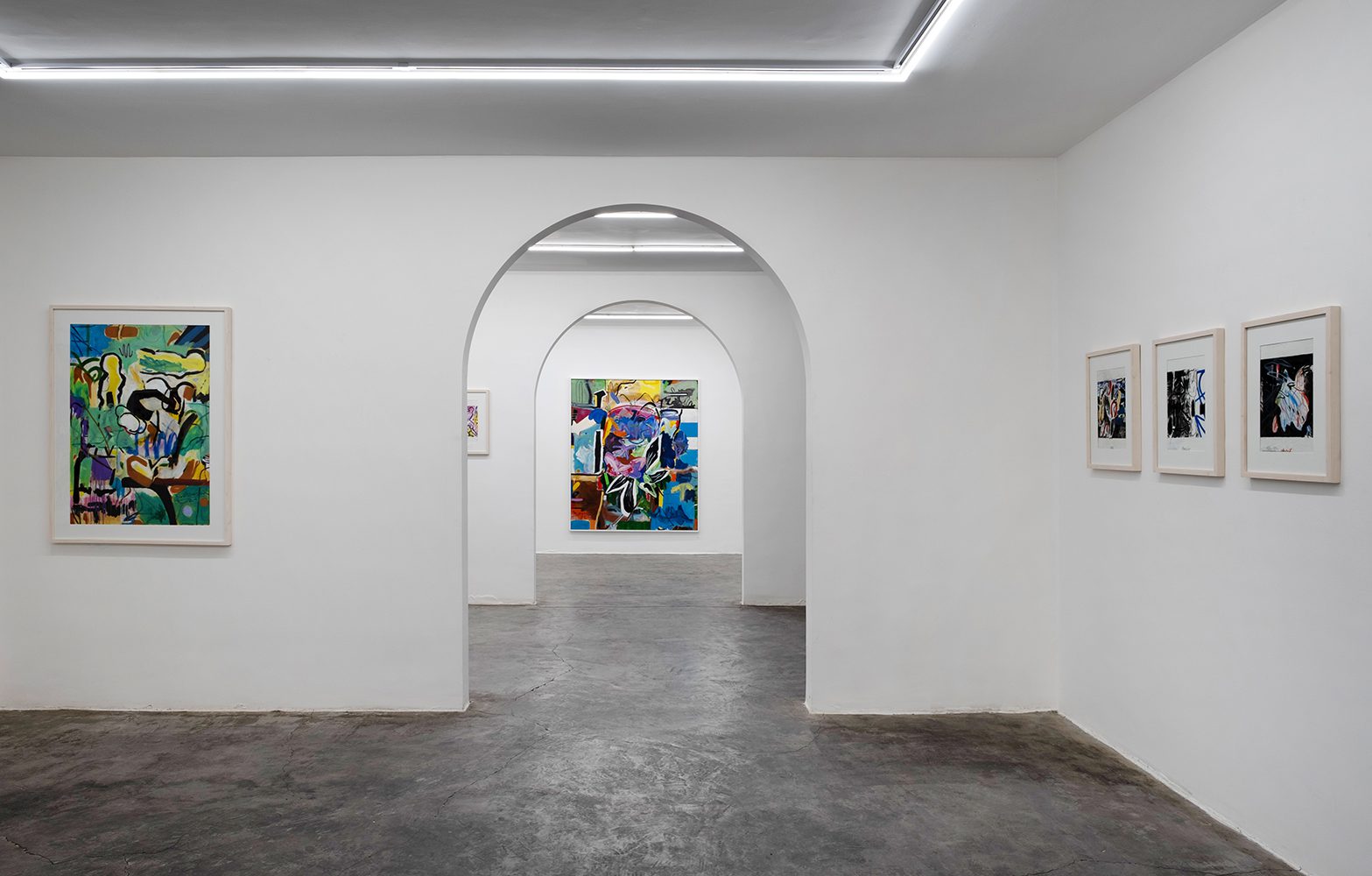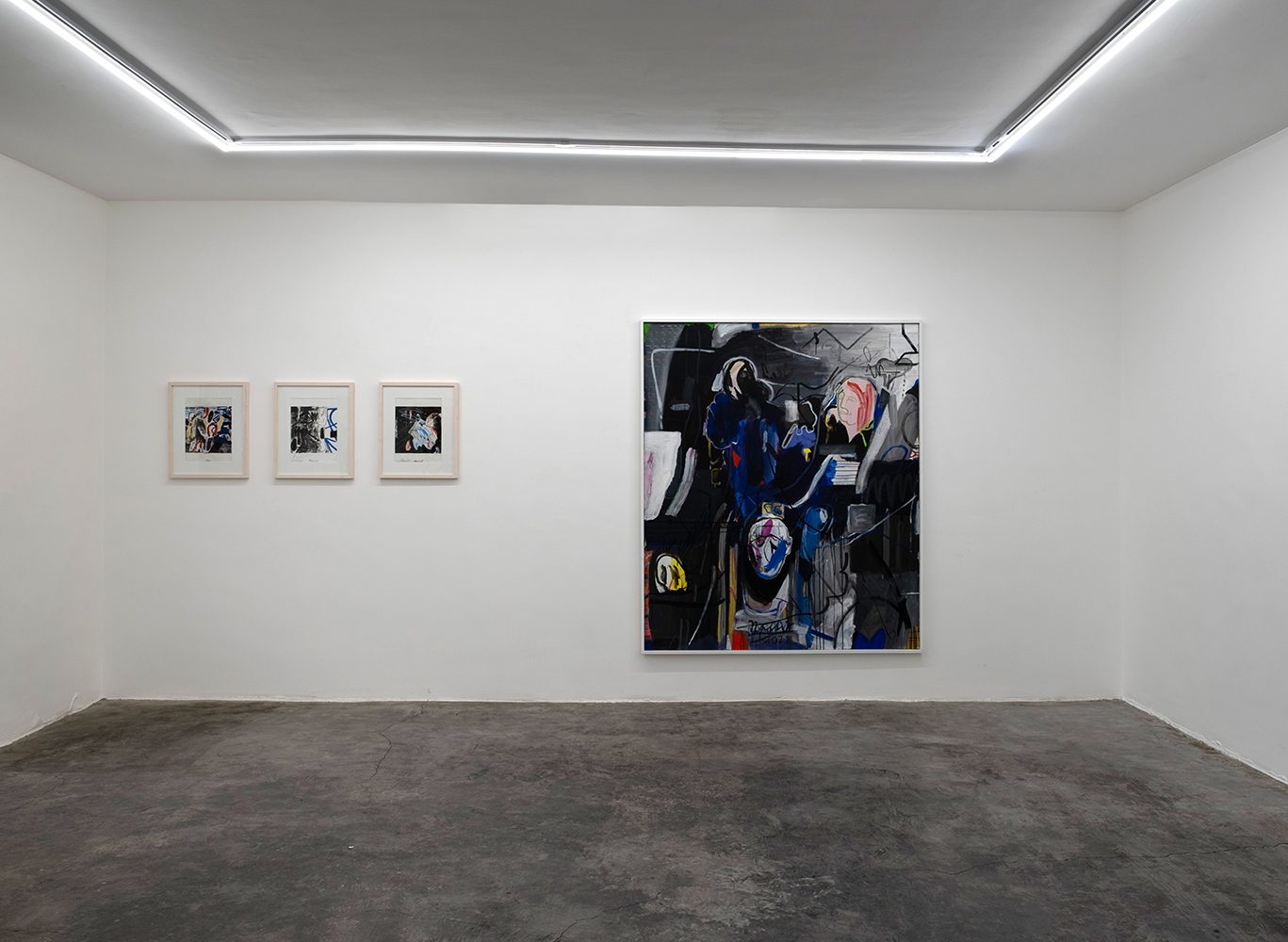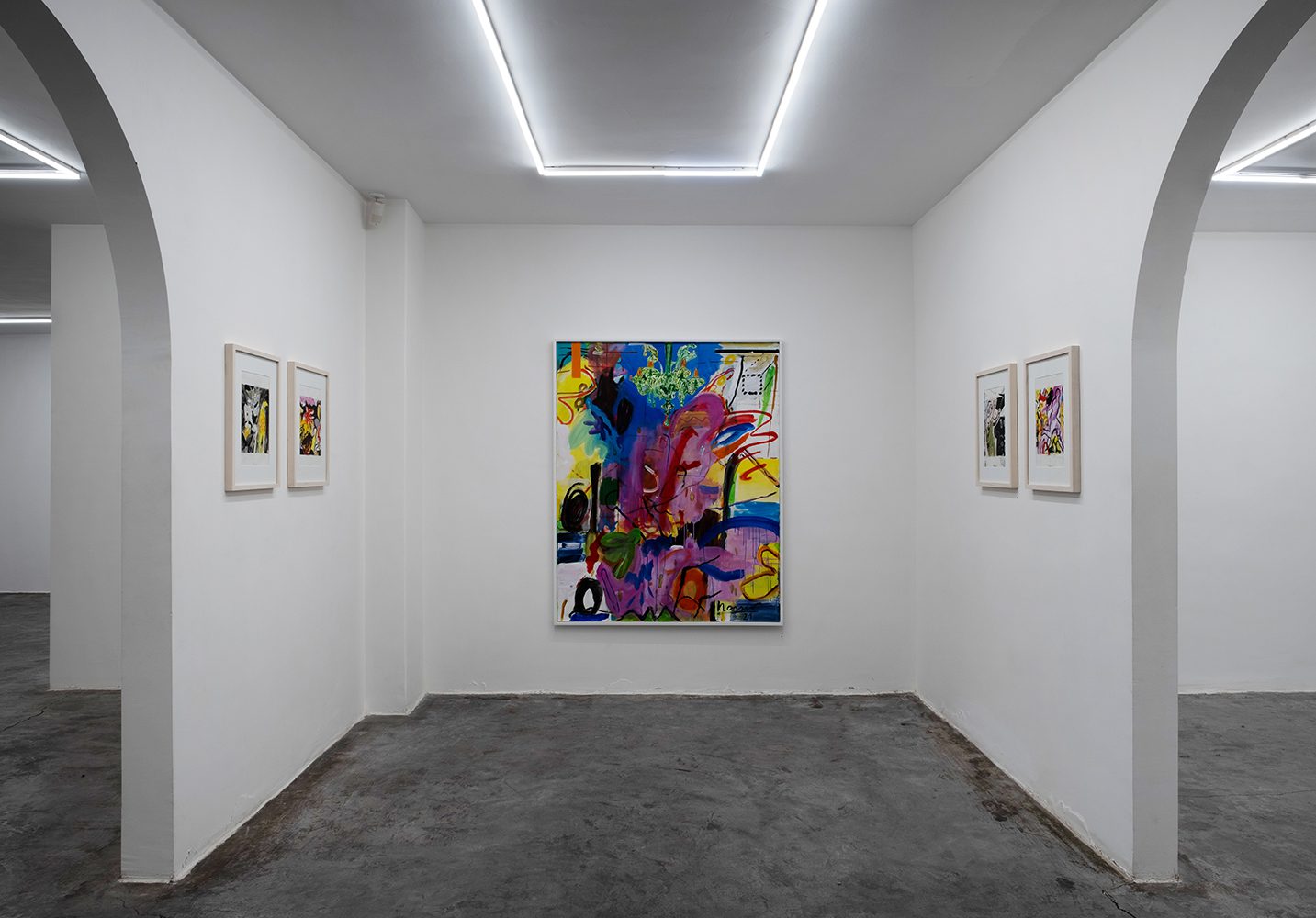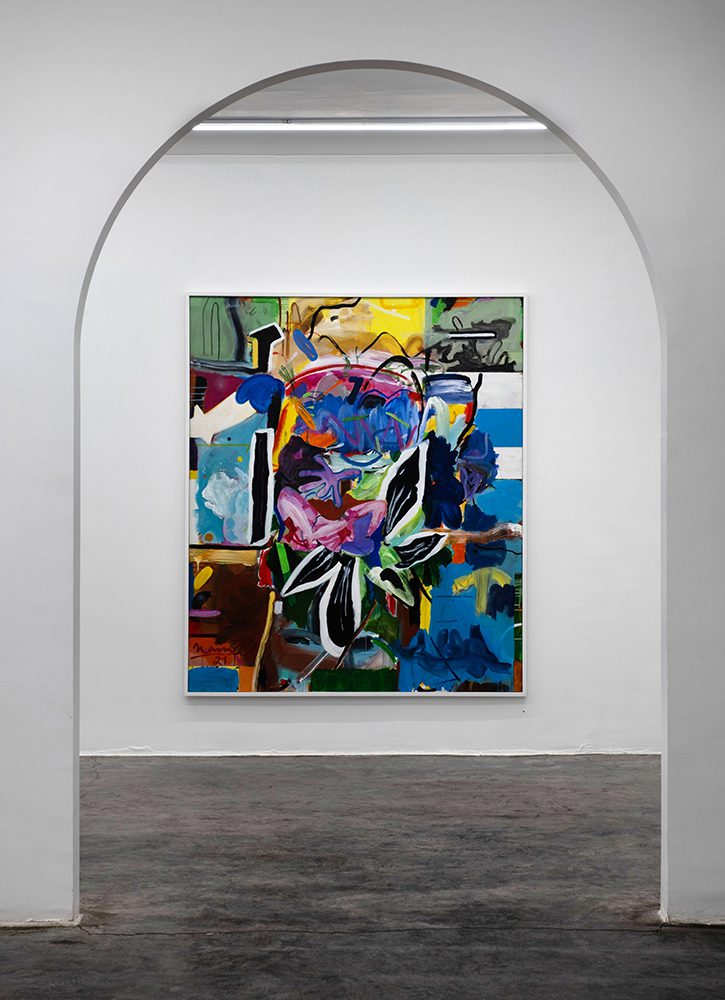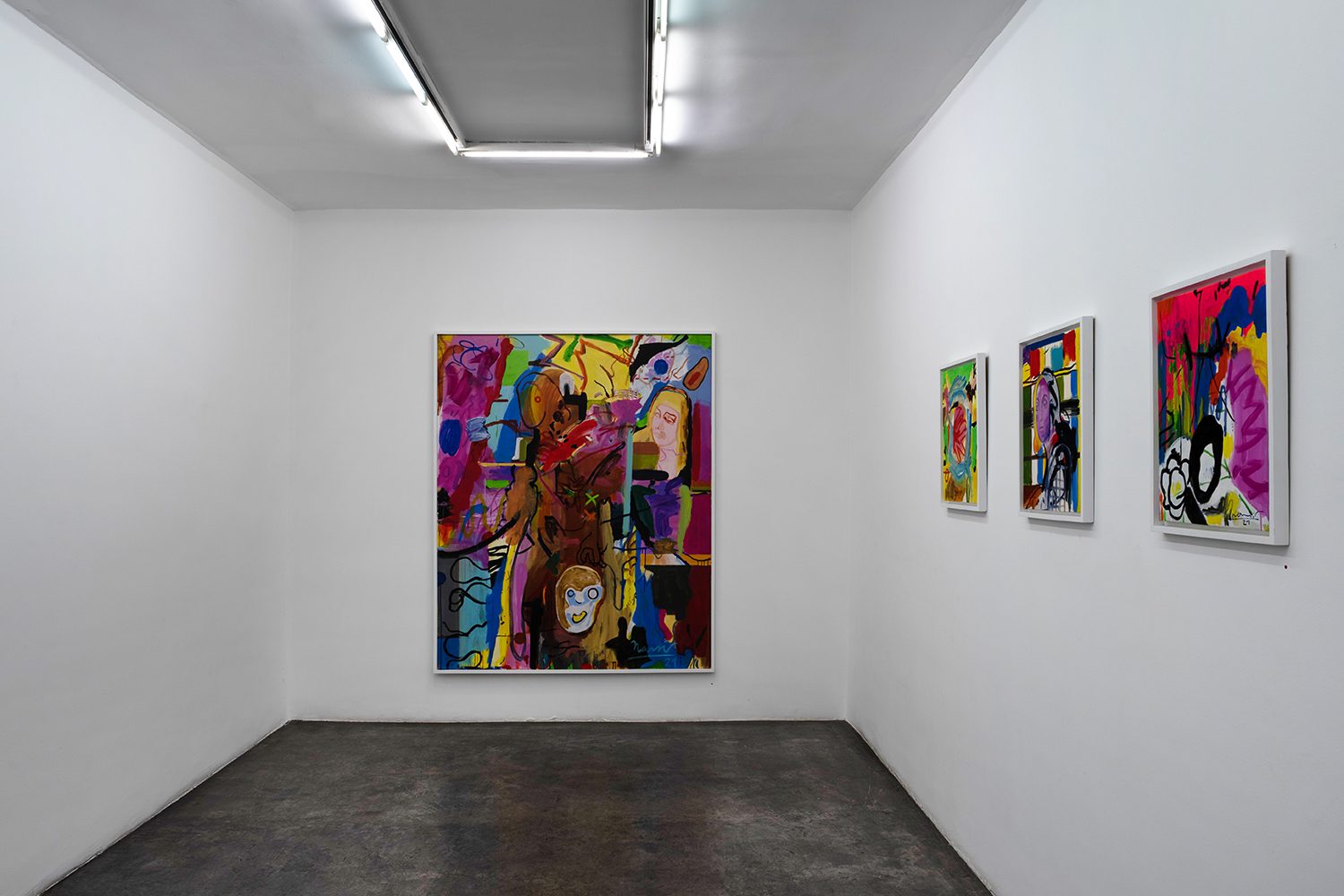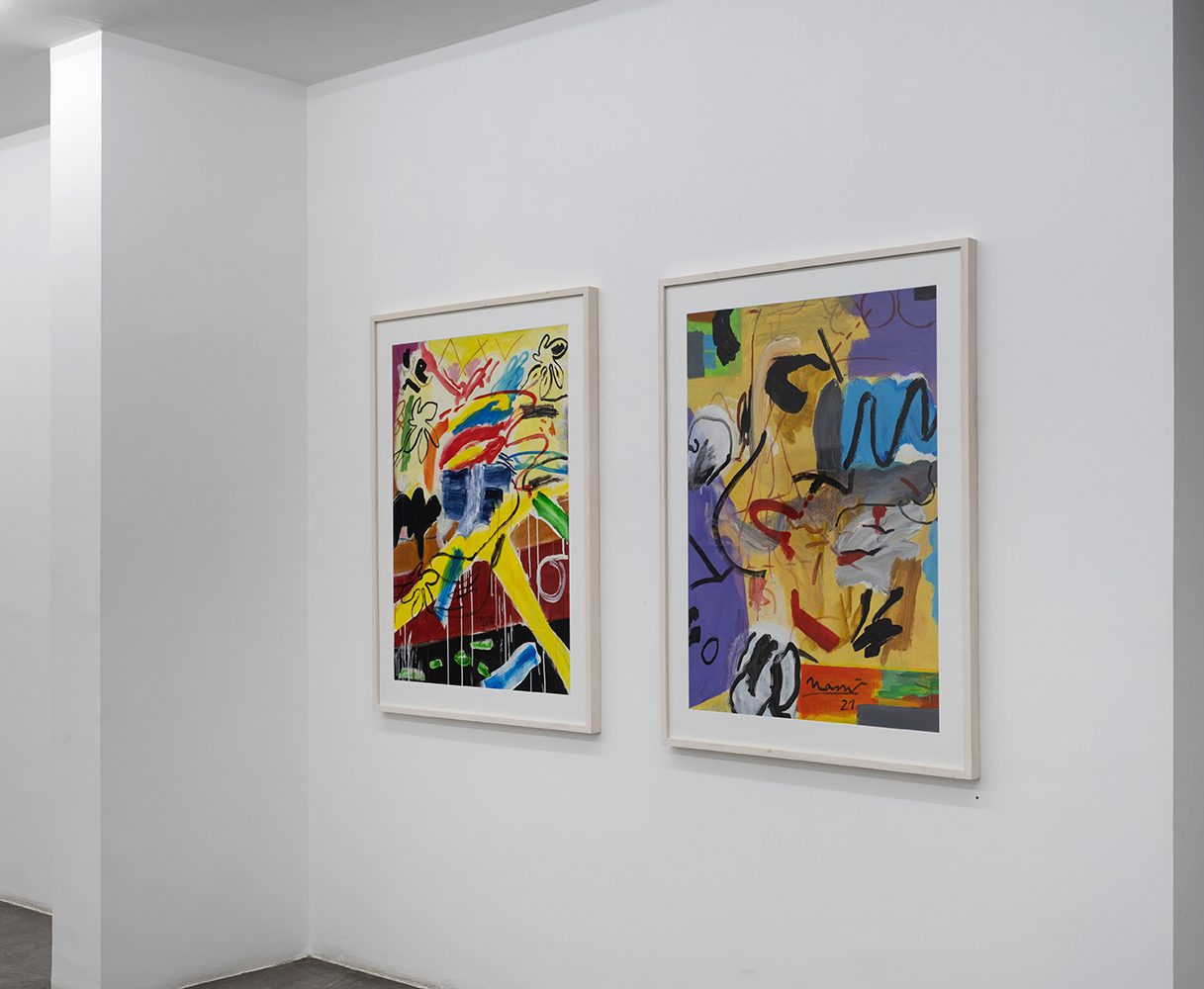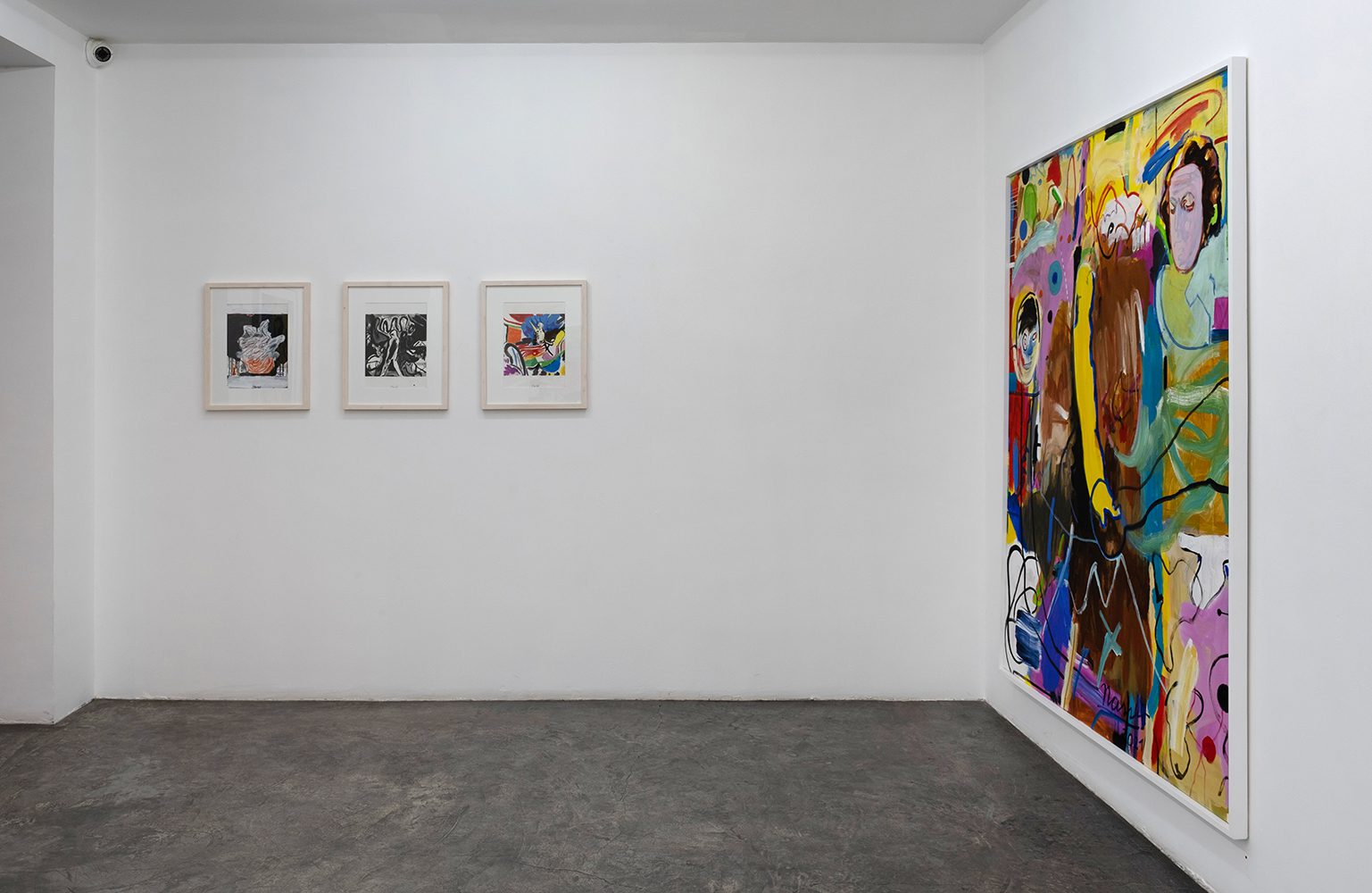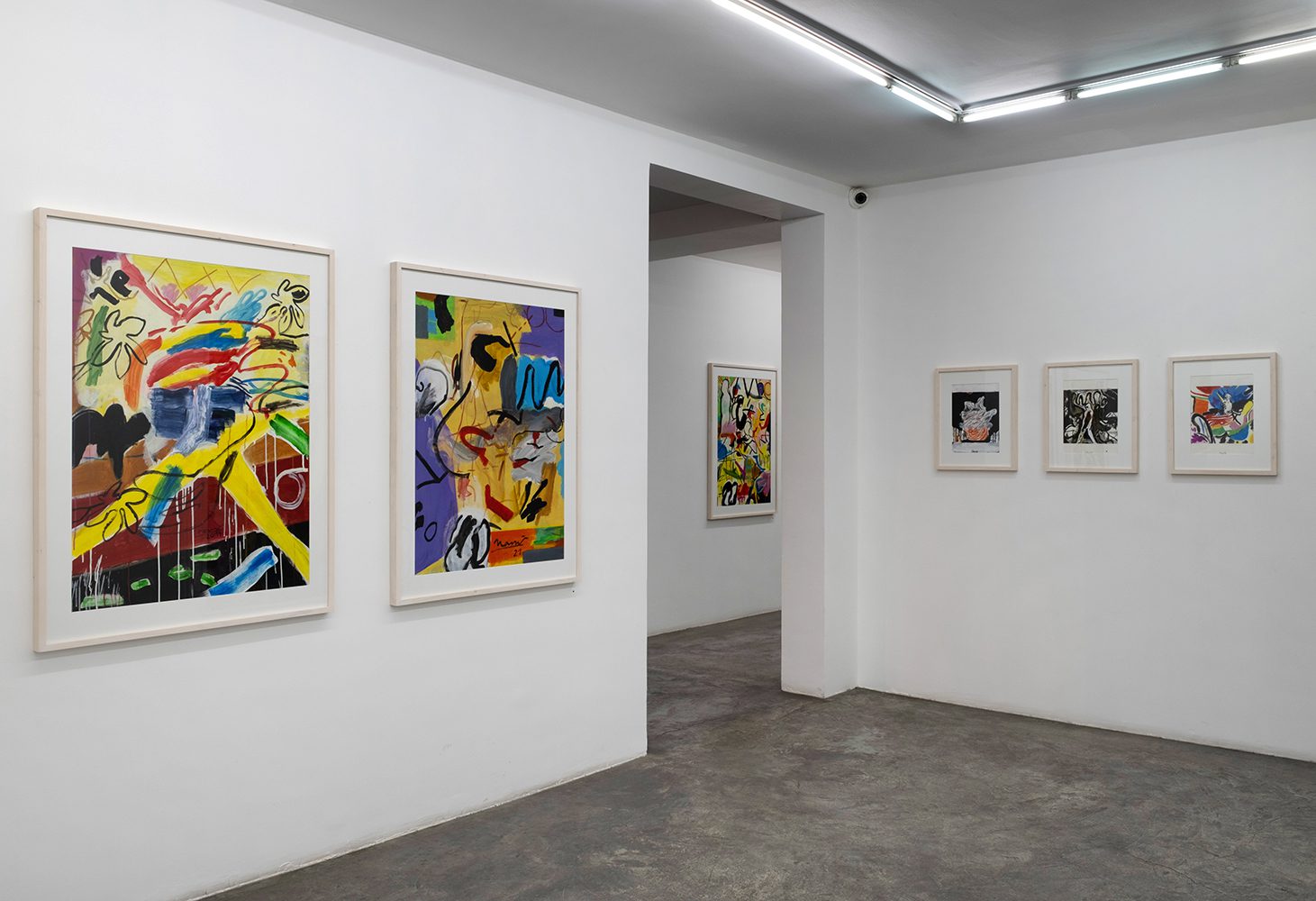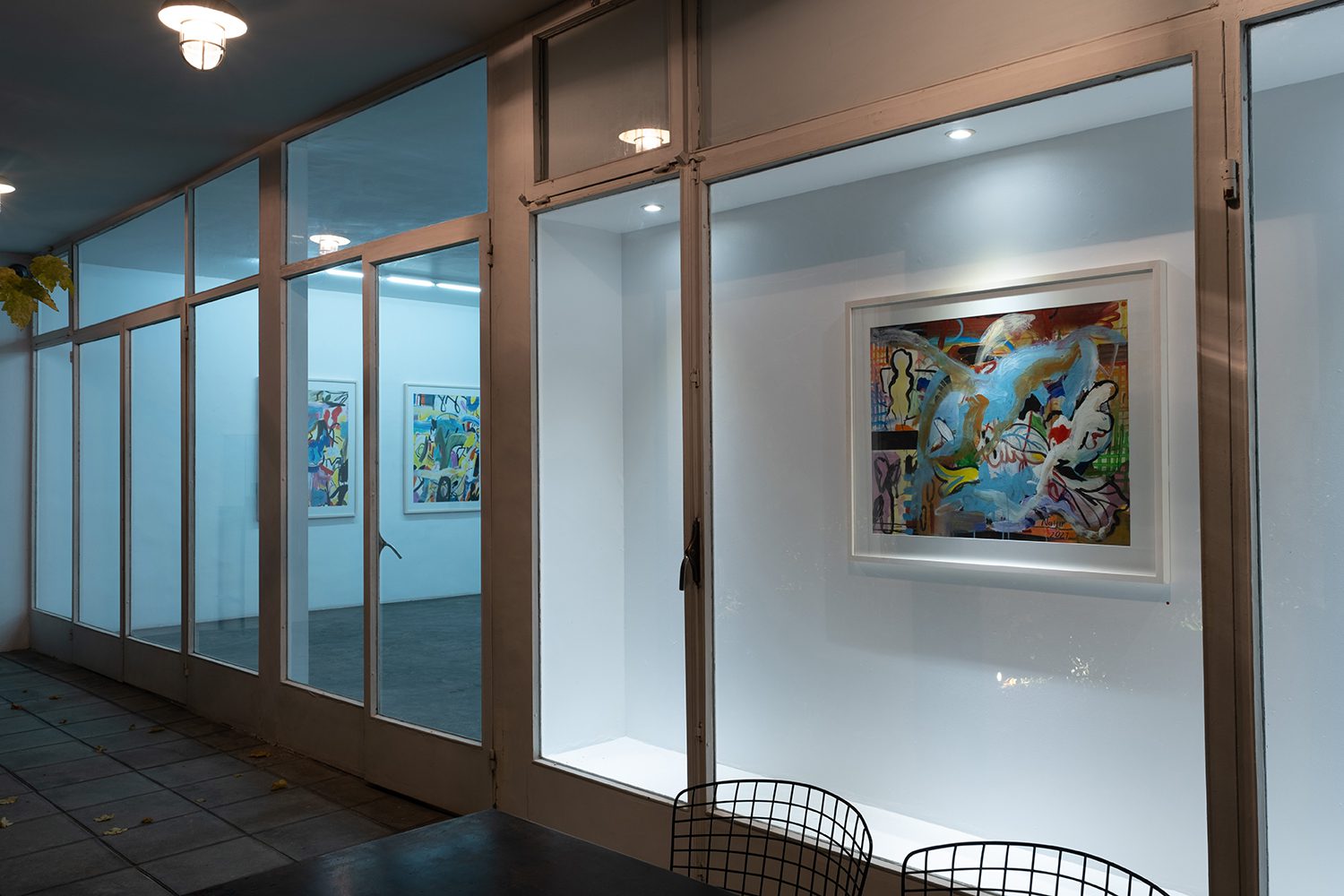Ali Nassir
Bio
Ali Nassir (b. 1951 Tehran – lives and works in Berlin, Germany) received his primary and secondary education in Tehran. He left for Europe at the age of 23 and eventually settled in Berlin. Hesitant between architecture, cinema and painting, he ultimately turned to painting and studied Fine Arts at the Hochschule der Künste in Berlin from 1978 to 1983. During the same period, he received a grant to be an exchange student at the École des Beaux-Arts in Besançon, France.
In 1985, he received a two-year scholarship from the Hochschule der Künste in support of “Young Artists and Scholars.” Between 1991 and 2004, he taught at different levels at the Hochschule der Künste, Sommerakademie Paderborn, and the Technische Fachhochschule in Berlin, and in 2005 he was a visiting professor at Tehran University and Azad University in Tehran.
His early period of work began with a poetic depiction of objects and the human figure. Gradually, his mental and philosophical conflicts with the culture and society of his adopted country led to a newfound concept of object and human in his work. In this period, his art is no longer about portraying a world and its objects, but about discovering other spaces. The works are no longer directly concerned with objects and figures themselves, but with their position and relationships in the world. Thus, objects in these works are not only aesthetic but also serve as signs of urban civilization and contemporary life.
For Nassir, his homeland’s culture is of great value, and with time it becomes even more so. For this reason, he finds the basis of his colors in Iran. His approach to Persian miniature is creative rather than imitative; he never tries to reproduce the structural system of Iranian painting. In comparison, the effect of the miniatures’ shimmering colors on Nassir’s work becomes strikingly apparent. Yet it is the history of Western art that provides him with the essential ingredients for his practice. It constantly invites issues, raises questions, and offers artistic possibilities and content. In this way, within the hidden layers of his enigmatic works—where colors are rich, radiant, and at times unexplainable, and objects shine like jewels—he investigates human issues on a deeper level.
Drawing on the different cultures he has inhabited gives him a unique aesthetic structure. He allows us to look at the world from an angle that is at first unfamiliar and distant.
Drawings constitute a significant part of Nassir’s work. Independent from his paintings yet similar in spirit, they too represent his existential concerns within the same aesthetic setting. Like his paintings, the world of his drawings is boundless. They range from the deeply personal to the everyday: from moments of stillness to the enthusiasm of an intuitive gesture reaching toward something unknown or untouchable; from the sketching of a drama to the capturing of fleeting moments; from the composition of childhood memories to current experiences and daily events.
The different periods of Ali Nassir’s work, although distinct, belong to one continuous body. At the heart of this body is the portrayal of the human condition. By freeing form as an anarchistic fragment from order, and by refusing to depict a specific human being or geography, Nassir has achieved a unique style. The content of each of his works is linked to the subject of another, creating a chain of works whose purpose is to examine the human condition—in its broader context and in its universal form.












